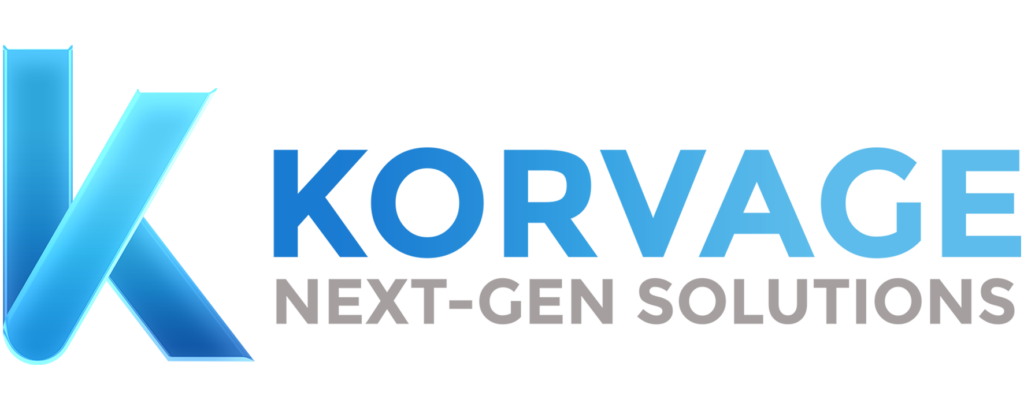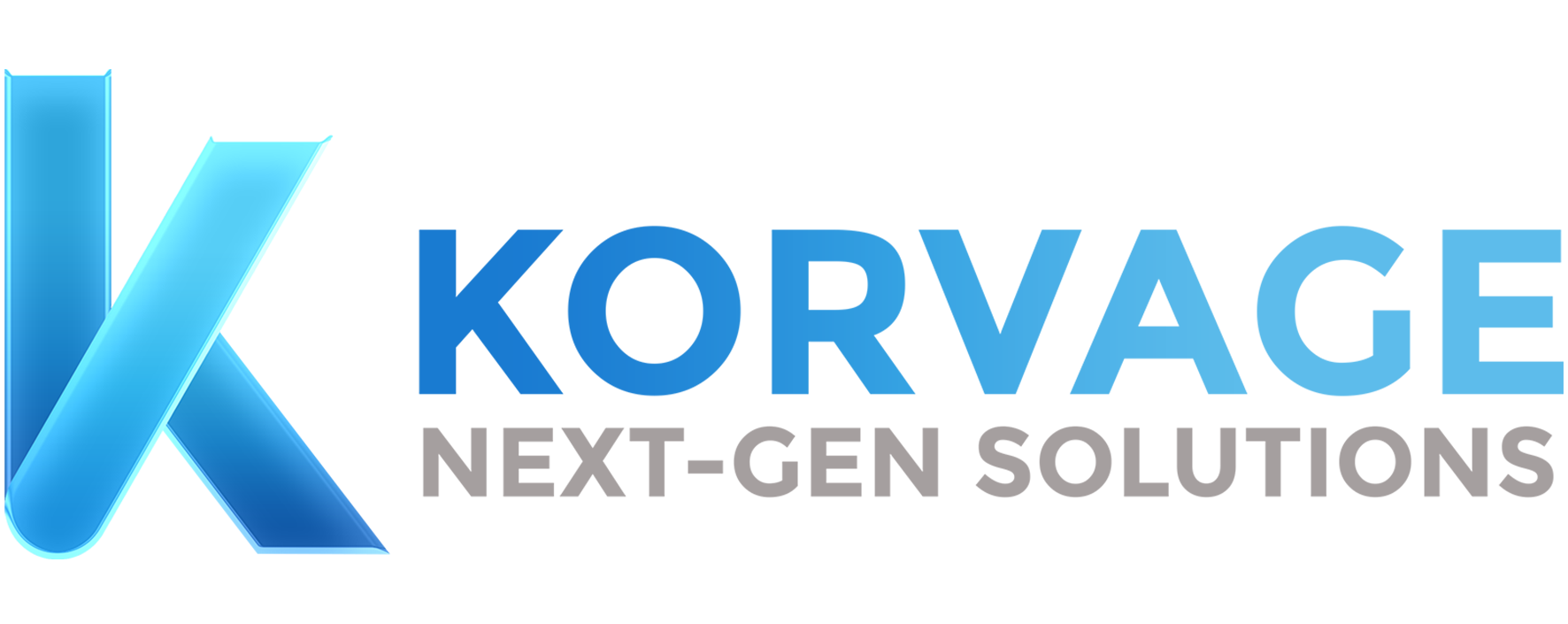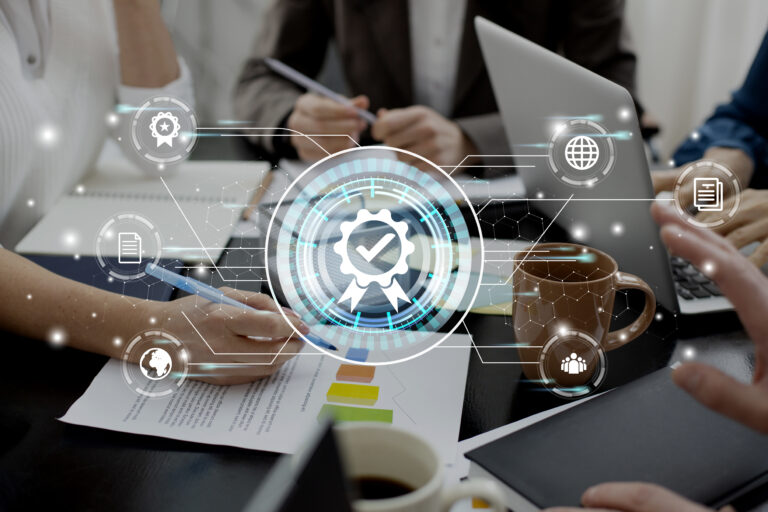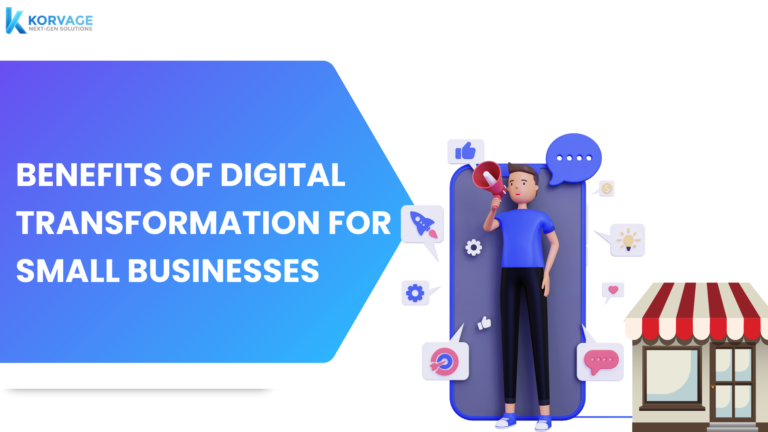Harnessing the Power of IoT Technology
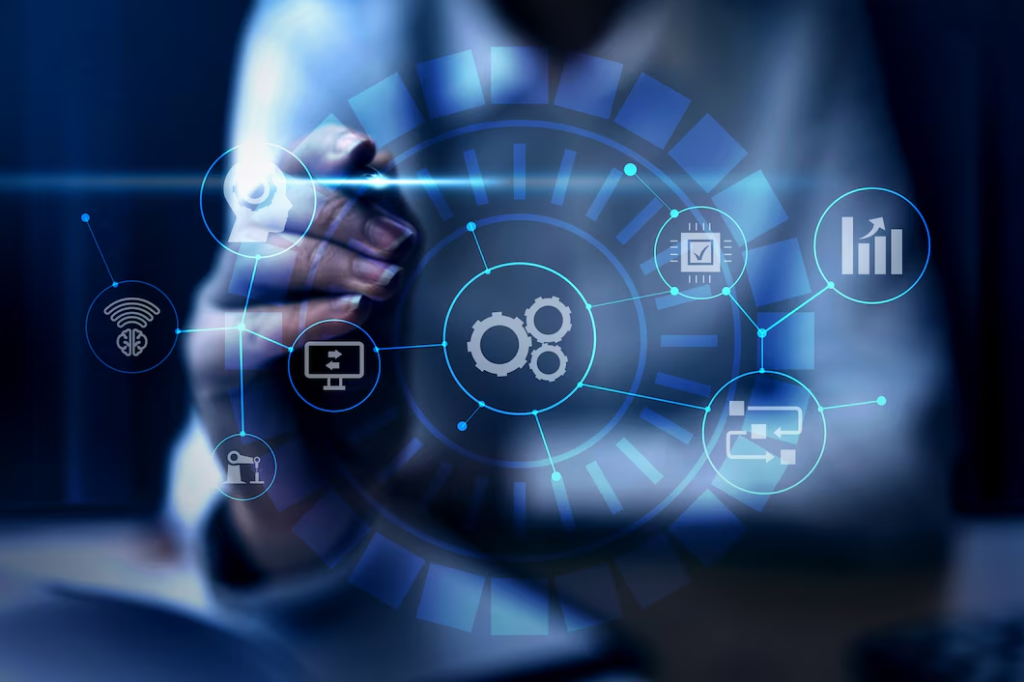
Introduction
In a world where connectivity is paramount, the power of IoT Technology stands at the forefront, reshaping the way we interact with our environment. But what exactly is IoT, and how does it work? Let’s embark on a journey to explore the fundamentals of this transformative technology.
What is IoT Technology?
At its core, IoT, or the Internet of Things, refers to a network of interconnected devices embedded with sensors, software, and other technologies that enable them to collect and exchange data. These devices, ranging from smartphones and wearables to smart appliances and industrial machinery, communicate seamlessly to facilitate automation and decision-making.
The Evolution of IoT
From Concept to Reality
The concept of IoT technology may seem like a recent phenomenon, but its roots trace back to the early days of computing. As technology advanced and the internet became more ubiquitous, the vision of a connected world began to take shape, culminating in the emergence of IoT as we know it today.
Milestones in IoT Development
The evolution of IoT technology has been marked by significant milestones, from the introduction of RFID technology to the development of wireless communication protocols like Bluetooth and Wi-Fi. These advancements paved the way for the proliferation of IoT devices and the realization of its transformative potential across various industries.
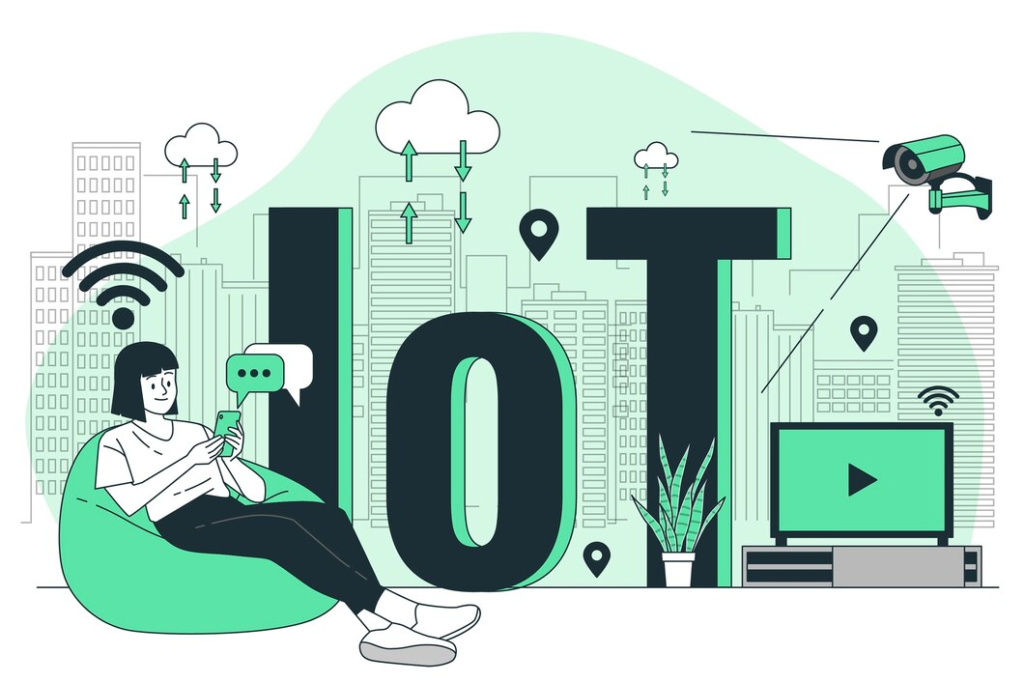
The Core Components of IoT
Sensors: The Eyes and Ears of IoT
Sensors are the backbone of IoT technology, enabling devices to perceive and interact with the physical world. Tiny yet powerful devices, from temperature and humidity sensors to motion detectors and GPS modules, capture real-time data and provide valuable insights into our surroundings.
Connectivity: Bridging the Gap
IoT devices rely on connectivity to communicate seamlessly with each other and exchange data in real-time.
Data Processing: Making Sense of Information
Once data is collected from sensors, it undergoes processing to extract actionable insights. This involves analyzing vast amounts of data using advanced algorithms and machine-learning techniques to identify patterns, anomalies, and trends.
Actuators: Enabling Action
Actuators are the final piece of the puzzle, translating digital commands into physical actions. Whether it’s adjusting the temperature in a smart thermostat or controlling the movement of robotic arms in a manufacturing plant.
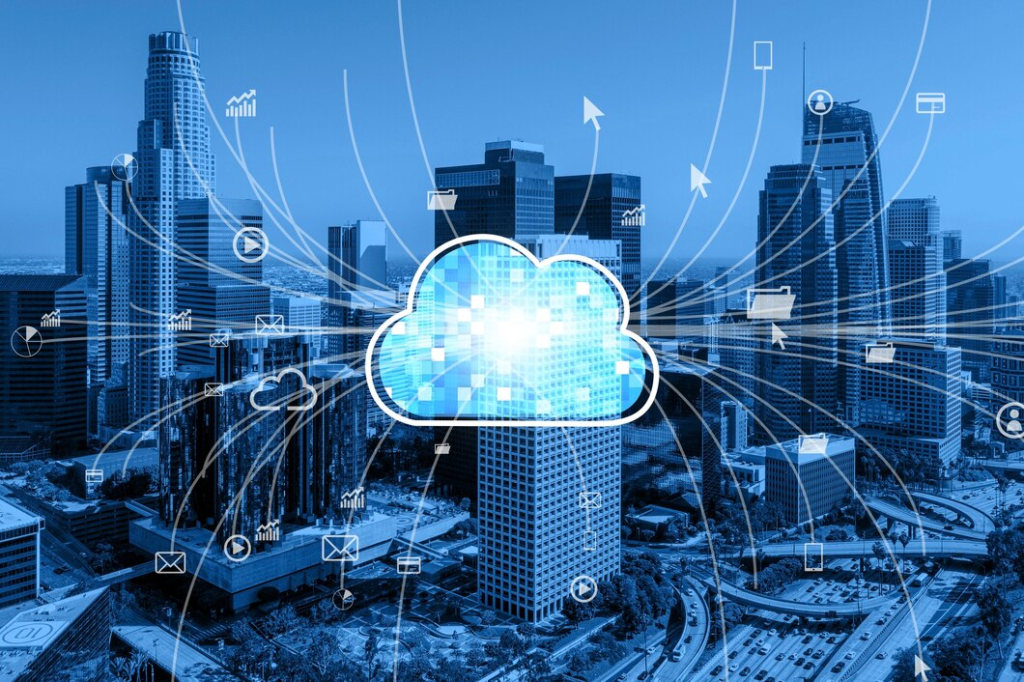
Applications of IoT Technology
Smart Homes: Enhancing Daily Living
In the realm of smart homes, IoT technology is revolutionizing the way we interact with our living spaces. From voice-activated assistants and smart thermostats to connected security cameras and automated lighting systems, IoT-enabled devices offer unparalleled convenience and control, making everyday tasks more efficient and enjoyable.
Healthcare: Revolutionizing Patient Care
In healthcare, IoT technology holds the promise of transforming patient care by enabling remote monitoring, diagnosis, and treatment. Wearable devices equipped with biosensors allow healthcare professionals to track vital signs and health metrics in real time, facilitating early intervention and personalized care plans.
Agriculture: Optimizing Crop Yield
In agriculture, IoT technology is reshaping traditional farming practices by offering precision agriculture solutions. From soil moisture sensors and drones to satellite imaging and automated irrigation systems, IoT-enabled devices empower farmers to monitor crop conditions, optimize resource usage, and maximize yields while minimizing environmental impact.
Transportation: Improving Efficiency and Safety
From connected vehicles and intelligent traffic management systems to predictive maintenance and autonomous driving technologies, IoT-enabled solutions enhance safety, reduce congestion, and improve the overall efficiency of transportation networks.
Retail: Personalizing the Shopping Experience
In retail, IoT technology is revolutionizing the way consumers shop and interact with brands. From personalized recommendations and interactive displays to inventory management and supply chain optimization.

Challenges and Limitations
Security Concerns: Safeguarding Data Privacy
One of the primary challenges facing IoT technology is ensuring the security and privacy of data transmitted between connected devices.
Interoperability Issues: Ensuring Compatibility
Interoperability remains a challenge in the IoT ecosystem, with devices often operating on different protocols and standards.
Scalability: Meeting Growing Demands
Scaling IoT infrastructure to accommodate the increasing volume of data generated by connected devices requires robust hardware, scalable cloud platforms, and efficient data management strategies to ensure optimal performance and reliability.
Energy Efficiency: Minimizing Resource Consumption
Energy efficiency is another concern in IoT technology, as connected devices often rely on battery power or energy harvesting mechanisms.
Future Trends in IoT Technology
Edge Computing: Bringing Intelligence Closer to Data Source
IoT technology is set to be revolutionized by edge computing, which moves data processing and analysis closer to the source of data generation.
5G Integration: Accelerating Connectivity and Speed
IoT devices will experience ultra-low latency and high-bandwidth communication with the rollout of 5G networks, enhancing their connectivity and speed.
AI and Machine Learning: Enhancing Decision-Making Capabilities
AI and machine learning are driving innovation in IoT technology by enabling autonomous decision-making and predictive analytics.
Blockchain Integration: Enhancing Security and Transparency
IoT deployments can benefit from blockchain technology by using it to record transactions and data exchanges in a decentralized and tamper-proof ledger, thereby enhancing security and transparency.

Impact on Society and Economy
Job Creation: Opening New Opportunities
Various industries are creating new job opportunities in response to the widespread adoption of IoT technology. These opportunities span from software development and data analytics to cybersecurity and IoT device manufacturing.
Economic Growth: Driving Innovation and Productivity
IoT technology is not only creating jobs but also driving economic growth by fostering innovation and productivity gains across industries.
Environmental Sustainability: Reducing Waste and Emissions
Beyond its economic impact, IoT technology also holds promise for promoting environmental sustainability by reducing waste and emissions.
Visit The Site.
Conclusion
The potential of IoT technology to revolutionize industries, enhance quality of life, and drive economic prosperity is immense. By harnessing the power of interconnected devices, sensors, and data analytics, we can unlock new opportunities for innovation, efficiency, and sustainability. As we look to the future, embracing IoT technology will be key to unlocking the full potential of connected living and shaping a more prosperous and sustainable world for all. So let us embrace this transformative technology and embark on a journey towards a smarter, more connected future.
